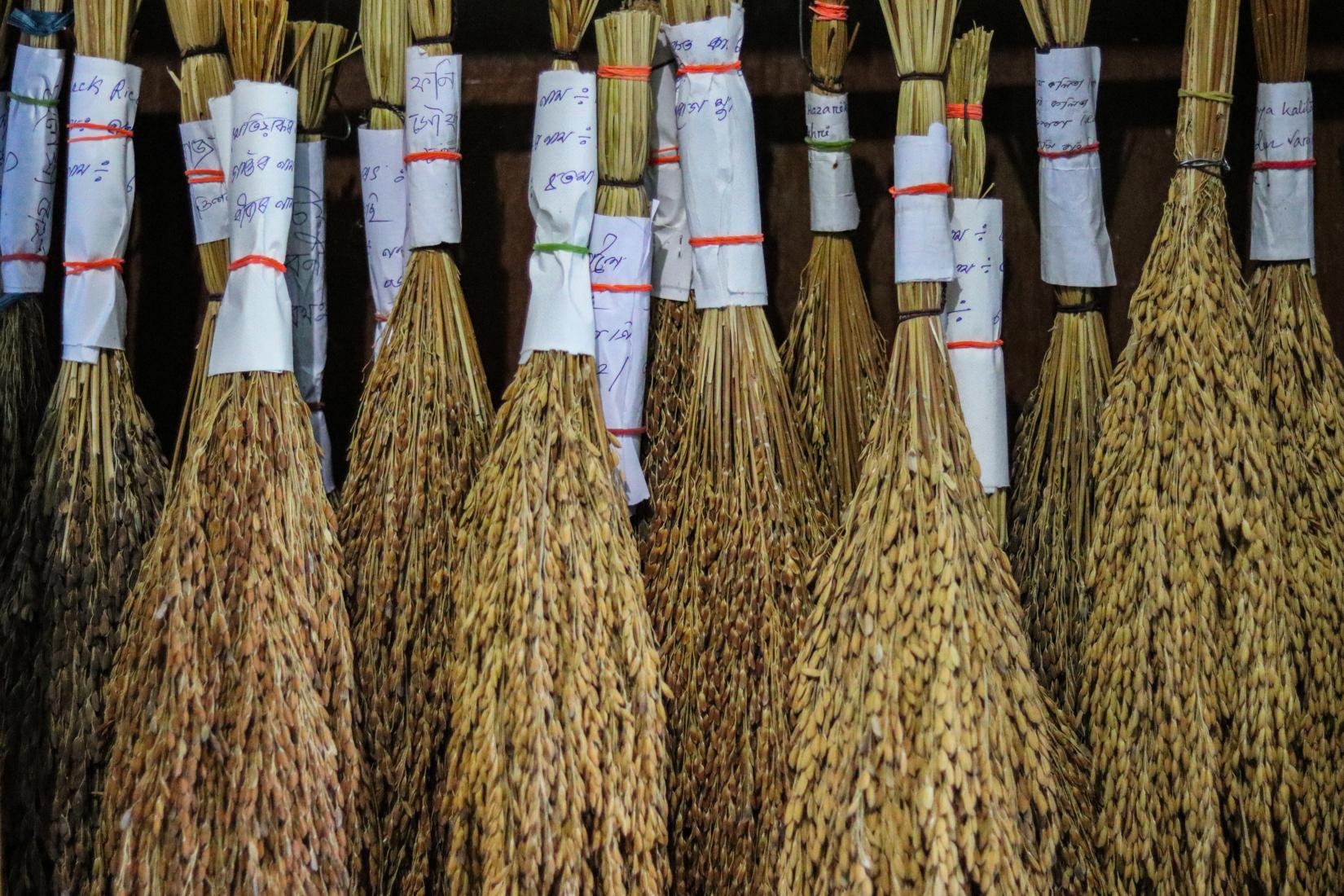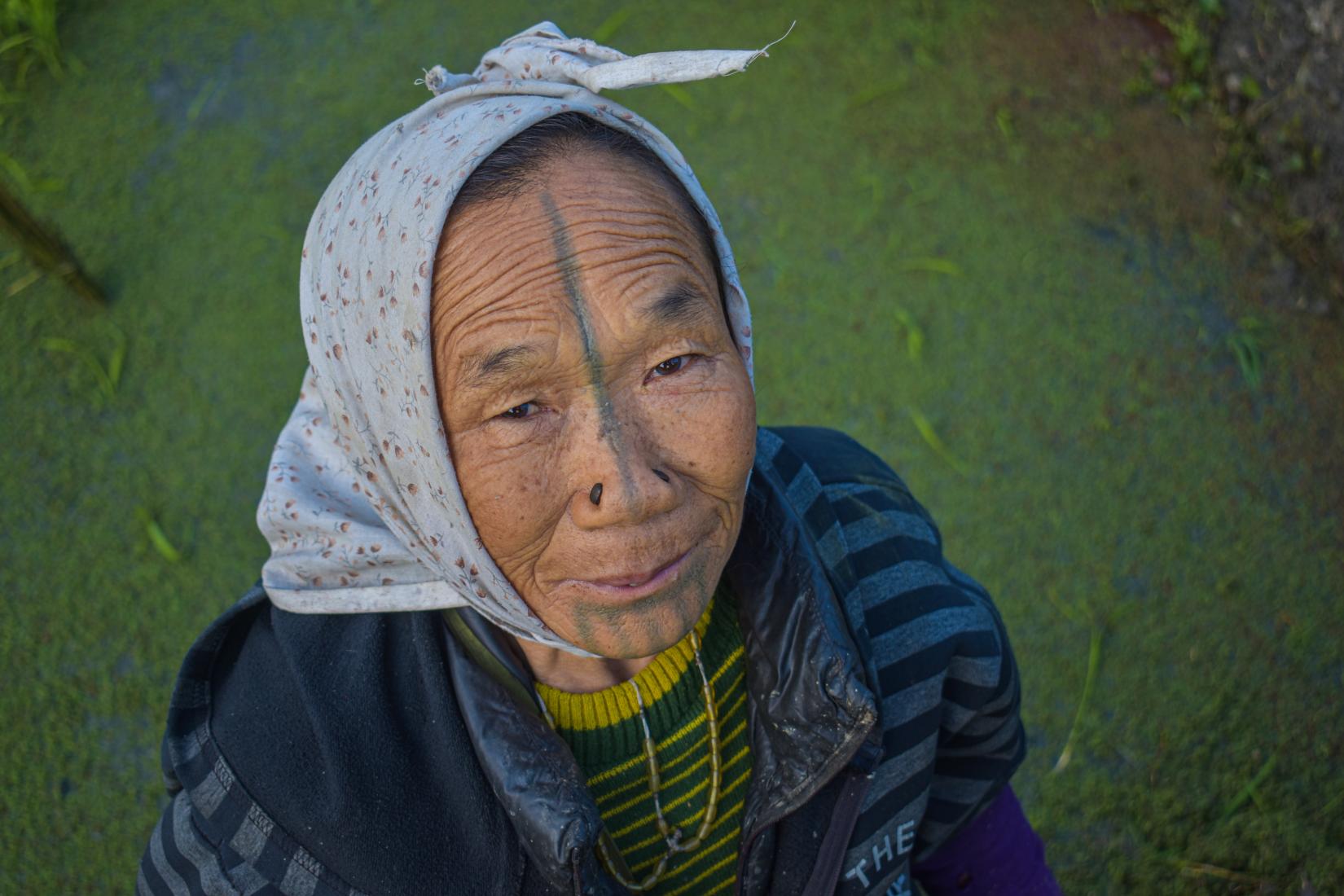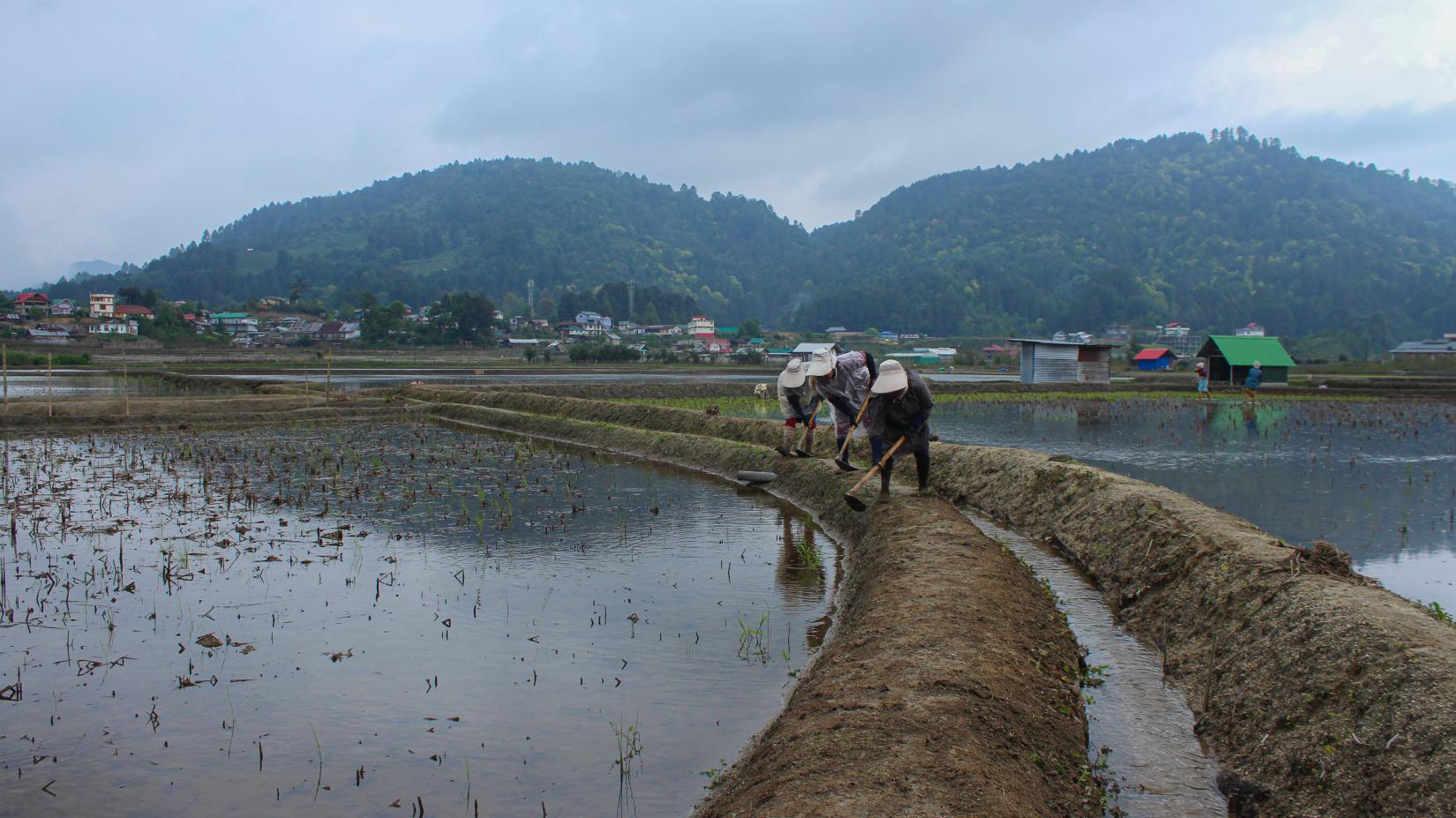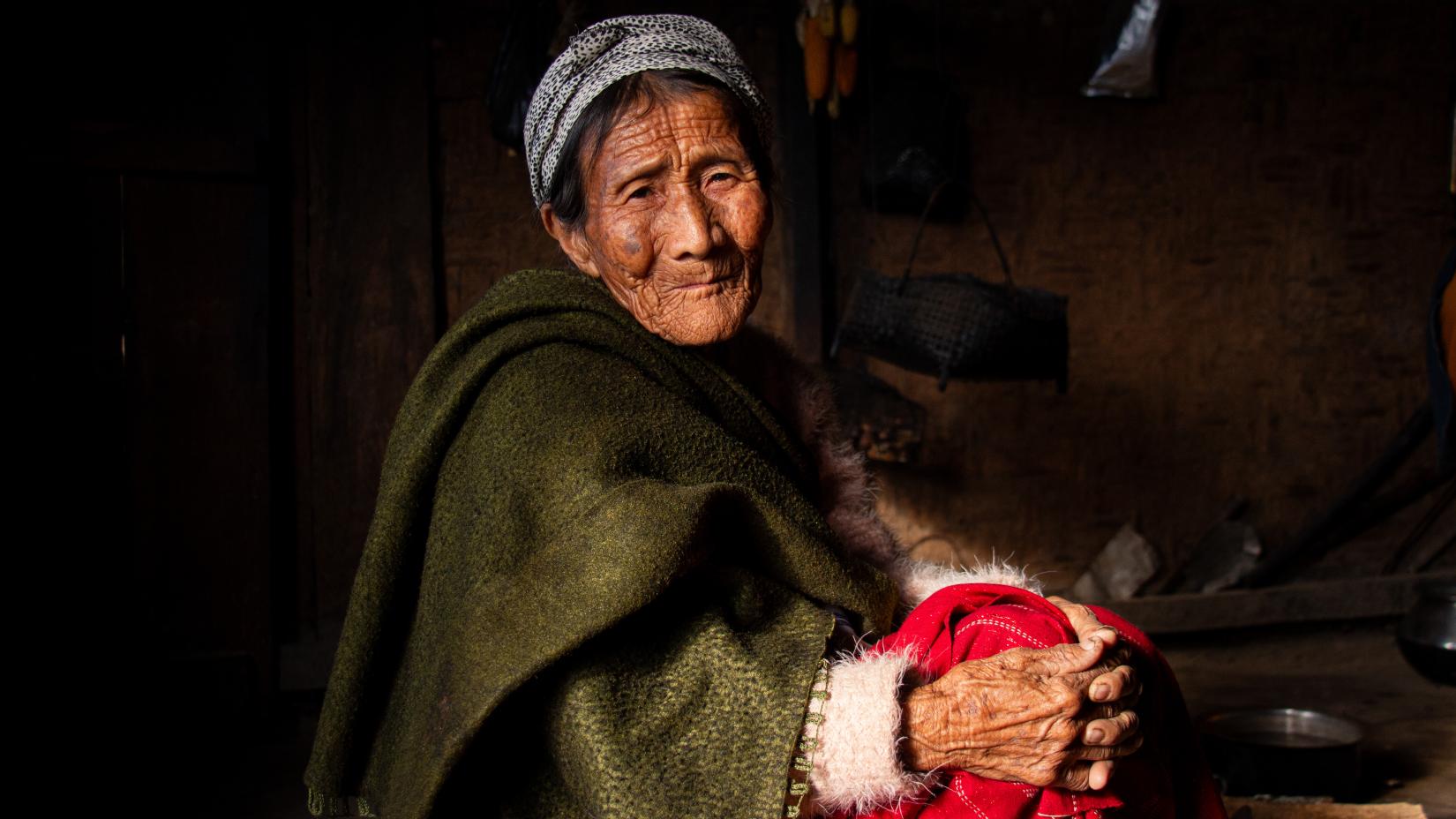Hotspot, Hot Topic

A bio-cultural treasure: Revitalizing traditional knowledge and promoting ecosystem-based solutions in North-East India
India is a globally recognized mega-diverse country, harbouring nearly 8% of the world’s recorded, and comprising four of the world’s 36 identified biodiversity hotspots.

The North East India region – spanning the states of Arunachal Pradesh, Assam, Manipur, Meghalaya, Mizoram, Nagaland, Tripura and Sikkim - is one such biodiversity hotspot. The region contains more than 30% of the country’s total biodiversity, with an exceptionally high level of endemism across both flora and fauna. The area is a genetic treasure chest of rare plants, animals and microorganisms, including many threatened and endangered species. The region harbours 50% of India's flowering plants (31.58% of which are endemic), over 57% of India's orchids, and 42% of India's 150 bamboo species.
Rich Natural World, Rich Culture
Concomitantly, the region also boasts a rich bio-cultural diversity, being the home to around 220 ethnic communities whose culture and traditions reflect their harmonious relationship with nature. Local governance since the 1900s has ensured the preservation of tribal identities, cultures, and traditional practices. As such, traditional knowledge and local expertise play a significant role in biodiversity conservation and adaptation to climate change impacts.
A Myriad of Threats, A Coordinated Response
Over the last decade, the North East India region has experienced unprecedented extreme weather events, both in terms of frequency and intensity. These climate change impacts threaten the livelihoods of Indigenous Peoples and ethnic communities, and reciprocally exacerbate vulnerabilities that stem from poverty, lack of access to government services and education, and limited crop insurance. In turn, increased urbanization in search of employment, abandonment of traditional agricultural practices, and lack of inter-generational knowledge transfer are now prevalent for these communities who were previously self-sufficient. Bio-cultural heritage erosion and environmental degradation are now key threats in the region.

Empowering Communities
Through the Global Support Initiative to territories and areas conserved by Indigenous Peoples and local communities (ICCA-GSI), UNDP implemented the North-East India Biocultural Initiative (NEBI) to empower and build the capacity of vulnerable Indigenous and ethnic communities in revitalizing traditional knowledge and promoting ecosystem-based solutions that complement their ecological and cultural systems.
Achieving Self-Sufficiency by Going Back to Their Roots
Nine projects were implemented in the states of Arunachal Pradesh, Assam, Manipur, Meghalaya and Nagaland, covering approximately 2,500 hectares of land and home to approximately 100,000 Indigenous Peoples and local community members.
Food Sovereignty for the Future
Based on the communities’ self-identified priorities, community-based conservation models were developed including agro-biodiversity and agroforestry schemes, eco-tourism, and the revitalization of traditional practices in healthcare, agriculture, livestock, and fisheries management to sustainably improve food production and livelihoods. Traditional knowledge was also protected thru documentation and reinforced with trainings to improve inter-generational transfer.
As a result, 316 farmers and 1,065 households have adopted sustainable environmental practices, creating a bio-circular economy.
Three community seed banks were developed for the conservation of diverse indigenous climate resilient seed varieties to cope with climate change-induced variability, to bolster food security and improve indigenous food sovereignty.
Revitalizing Apatani Traditional Paddy-cum-Aquaculture
The Ziro valley located in Arunachal Pradesh is home to around 60,000 members of the Apatani tribe. The valley has a unique bowl-shaped topography, with vast paddy fields (locally referred to as ‘Aji’) interspersed with settlements on the flat valley floor.
Reinvigorating Traditions With an Eye to the Future
The Apatani tribe is a progressive agricultural community, and have comprehensive land use practices leavened with rich traditional ecological knowledge of natural resources management. The system of Aji cultivation uses a combination of rice paddies, aquaculture, and millet fields, situated along the bunds that separate each plot; the practice is recognized as one of the most productive and efficient agricultural systems in the North East region.
Practitioners carefully cultivate traditional varieties of rice based on carefully selected grain characteristics, nutrient profiles, yields, and resistance to diseases and insect pests. The system also does not require draught animals or machines, and solely relies on strong cooperative, communal effort. Through the careful employment of this balanced, holistic system, the Apatani tribe has achieved self-sufficiency even during times of epidemic or famine.

However, climate change impacts and urbanization have lured farmers away from the rural valley, abandoning their paddy fields in barren conditions that have resulted in low rice production in Ziro valley.
Against this backdrop, the need to reinvigorate the traditional paddy-cum-aquaculture system was clear. Fish hatcheries were established to allow year-round harvesting, and community seed banks were created to protect traditional crop and rice varieties from climate change impacts. Agro-forestry was also introduced using traditional irrigation systems in the rice fields to improve crop yields. The multilayer cultivation of fruit trees, endangered indigenous crops (heirloom varietals of millet, pulse, and chilies) and rice varieties created a symbiotic ecosystem that optimized sunlight exposure, nutrient distribution, and water usage, resulting in enhanced productivity.

Awareness of the importance of traditional paddy-pisciculture system, including inter-generational transfer, has been vastly improved among the communities.
“There is a saying in Apatani- ‘Our houses may be dirty but never our fields’. There are many abandoned paddy fields in the area. To prevent them from turning into wastelands, we are cultivating grass carp fish. They will feed on the natural greenery available in these lands and we can sell them along with the rice to improve our incomes.”- Naran Yamyang, Farmer and Priest
Effective Area, Effective Conservation
In parallel to UNDP’s leading work on Other Effective Area-Based Conservation Measures (OECMs) in India, the Ziro valley has been identified as a potential OECM.
This national recognition is due to the unique land use systems and landscapes in Ziro valley that are rich in biological diversity, evolving from the co-adaptation of the Apatanis with the environment and its needs, and resulting in improved food and livelihood security and sustainable development in the region.
A Future For People For Planet
Recognizing the Indigenous conservation practices and traditional knowledge, and integrating them in national plans for replication in other types of protected areas serves as a promising approach to achieving large-scale conversation and mitigating biodiversity loss. The system also offers a key avenue for governments and non-state actors to achieve Global Biodiversity Framework Targets 3, 21, and 22.

ICCA-GSI is a multi-partnership initiative that is delivered by the UNDP-implemented Small Grants Programme (SGP) and funded by the Government of Germany, through its Federal Ministry for the Environment, Nature Conservation, Nuclear Safety and Consumer Protection (BMUV). Key partners include the Convention of Biological Diversity (CBD), the International Union for the Conservation of Nature’s Global Programme on Protected Areas (IUCN GPAP), the United Nations Environment Programme’s World Conservation Monitoring Centre (UNEP WCMC), and the ICCA Consortium.

















